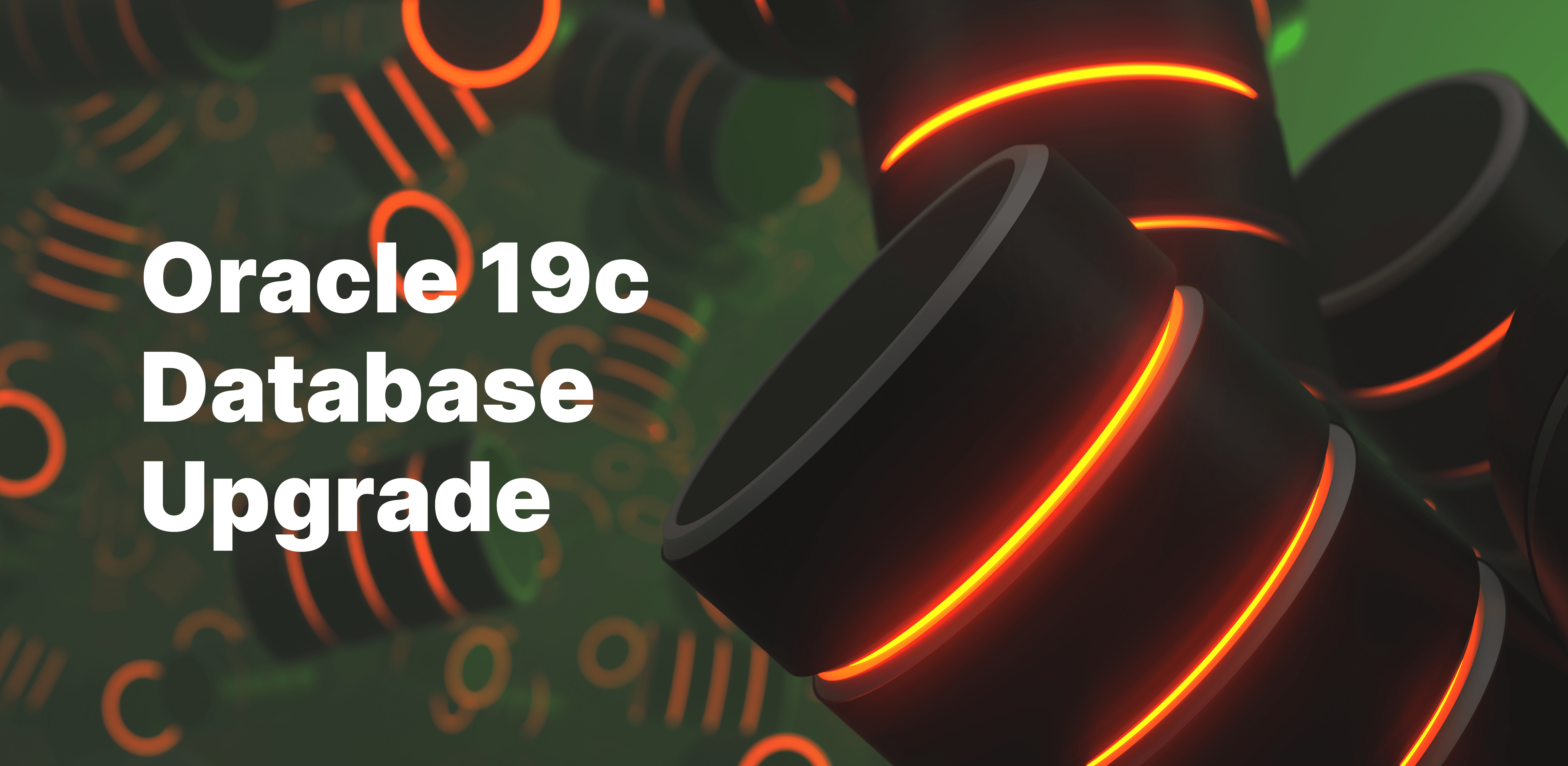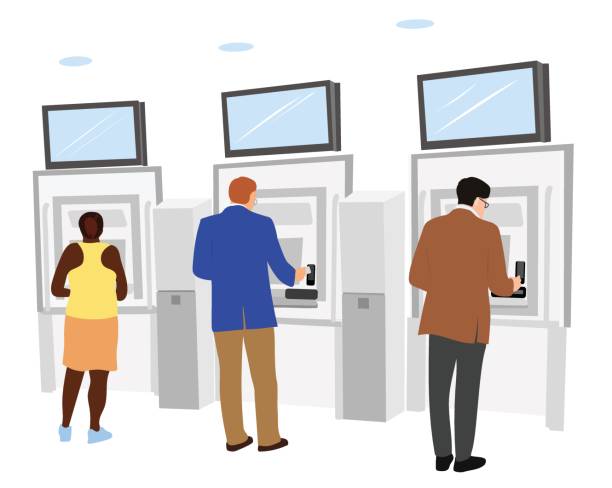Behind Transactions
-
Paolo Dones
- 17 Jul, 2024
- 03 Mins read

English version (Italian follows)
We pay for groceries using our credit card at the supermarket, or for petrol at the pump with our debit card. But what path does the transaction that is generated for payment take? Well, the infrastructure that routes or authorizes this transaction, and which currently manages more than 65% of Worldwide payment transactions, exists since 1976 and has already incorporated, for unsuspecting times, the basic principles of IaaS and PaaS: these are the Mission Critical HPE NonStop systems, also known as Tandem NonStop Systems from the original company, Tandem Computers, founded in California more than four decades ago.
A NonStop system promises to survive any type of fault, be it hardware or software, with an uptime availability of 99.999% and mechanisms for fault tolerance, disaster recovery, self-diagnostics and self-recovery, self-reporting of malfunctions, integrated management of logical transactions to protect data integrity. It also implements a software mechanism called 'process pair' which allows you to have processes that 'run' in a pair of logical processors in order to always be available even in the event of a failure on one of the processors (logical or physical) of the system.
About software, the NonStop system 'dresses' two different styles. The first is the classic, legacy operating system called Guardian, the second is a Unix Posix compliant one. The two worlds are interoperable and can access all the resources of all networked systems. This dual personality allows NonStop systems to host software developed with multiple languages (Java, Perl, PHP, Python, Apache HTTP web server, C/C++, Cobol...).
A Virtualized NonStop system on the main Clouds (with VMware first and foremost) is also available on the market, confirming the validity of this platform ready to accept new challenges. I have been managing these systems for several years now, yet every day, when I use my credit card, I can't help but think for a moment about the journey that passes through networks, NonStop servers and authorization systems in a few seconds, also overcoming many storms in order to end with 'Transaction approved'.
Italian version
Paghiamo la spesa utilizzando la nostra carta di credito al supermercato, o la benzina al distributore con il nostro bancomat. Ma che strada fa la transazione che viene generata per il pagamento? Ebbene, l’infrastruttura che instrada o autorizza questa transazione, e che attualmente gestisce più del 65% delle transazioni di pagamento Worldwide, esiste dal 1976 e incorpora già, da tempi non sospetti, i principi di base di IaaS e PaaS: si tratta dei sistemi Mission Critical HPE NonStop, anche conosciuti come Tandem NonStop Systems dall’azienda originaria, Tandem Computers appunto, fondata in California più di quattro decadi fa.
Un sistema NonStop promette di sopravvivere a qualsiasi tipo di fault sia esso hardware o software, con un uptime availability del 99.999% e meccanismi di tolleranza ai guasti, disaster recovery, auto diagnostica ed auto recovery, auto segnalazione di malfunzionamenti, gestione integrata di transazioni logiche a protezione dell’integrità dei dati. Implementa altresì un meccanismo software chiamato ‘process pair’ che permette di avere processi che ‘girano’ in una coppia di processori logici allo scopo di essere sempre a disposizione anche a fronte di un guasto su uno dei processori (logici o fisici) del sistema.
Parlando di software, il sistema NonStop ‘veste’ due diversi stili. Il primo è il sistema operativo classico e legacy chiamato Guardian, il secondo è uno Unix Posix compliant. I due mondi sono interoperabili e possono accedere a tutte le risorse di tutti i sistemi in rete. Questa duplice personalità permette ai sistemi NonStop di poter ospitare software sviluppato con molteplici linguaggi (Java, Perl, PHP, Python, Apache HTTP web server, C/C++, Cobol..).
E’ inoltre approdato sul mercato anche un sistema NonStop virtualizzato sui principali Cloud (con VMware in primis) che conferma la validità di questa piattaforma pronta ad accettare nuove sfide. Mi occupo della gestione di questi sistemi da parecchi anni ormai, eppure quotidianamente, quando uso la carta di credito, non posso fare a meno di pensare per un attimo al viaggio che in pochi secondi passa da reti, servers NonStop e sistemi autorizzativi, superando anche tante tempeste per poter terminare con ‘Transazione approvata’.







